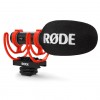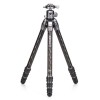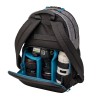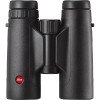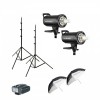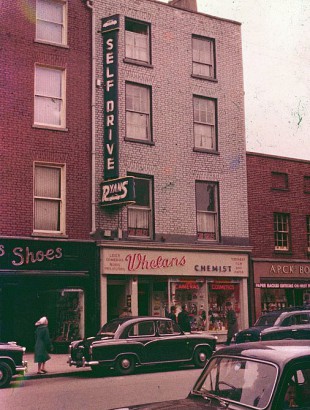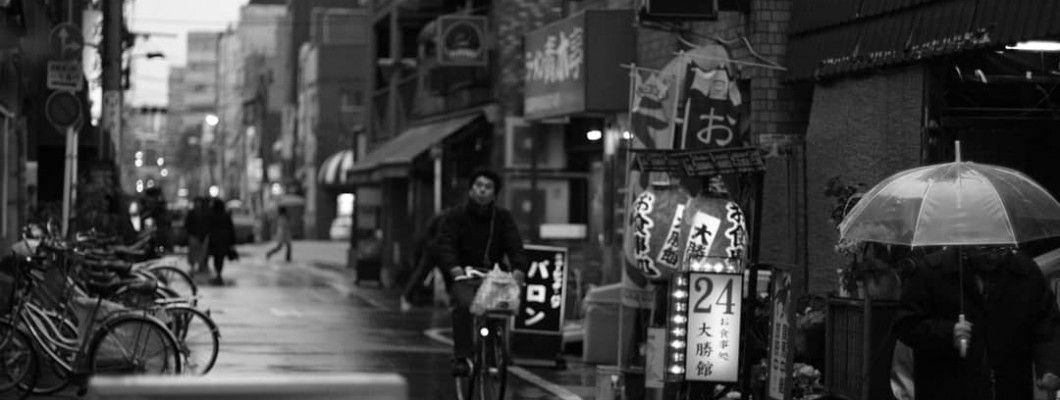
Aperture is a fundamental concept in photography that plays a critical role in controlling the amount of light that enters your camera's sensor, as well as influencing the depth of field in your images. Understanding aperture empowers photographers to achieve creative control over their shots, from capturing sharp landscapes to crafting beautiful portraits with dreamy backgrounds. In this in-depth guide, we'll explore the intricacies of aperture and how it impacts your photography.
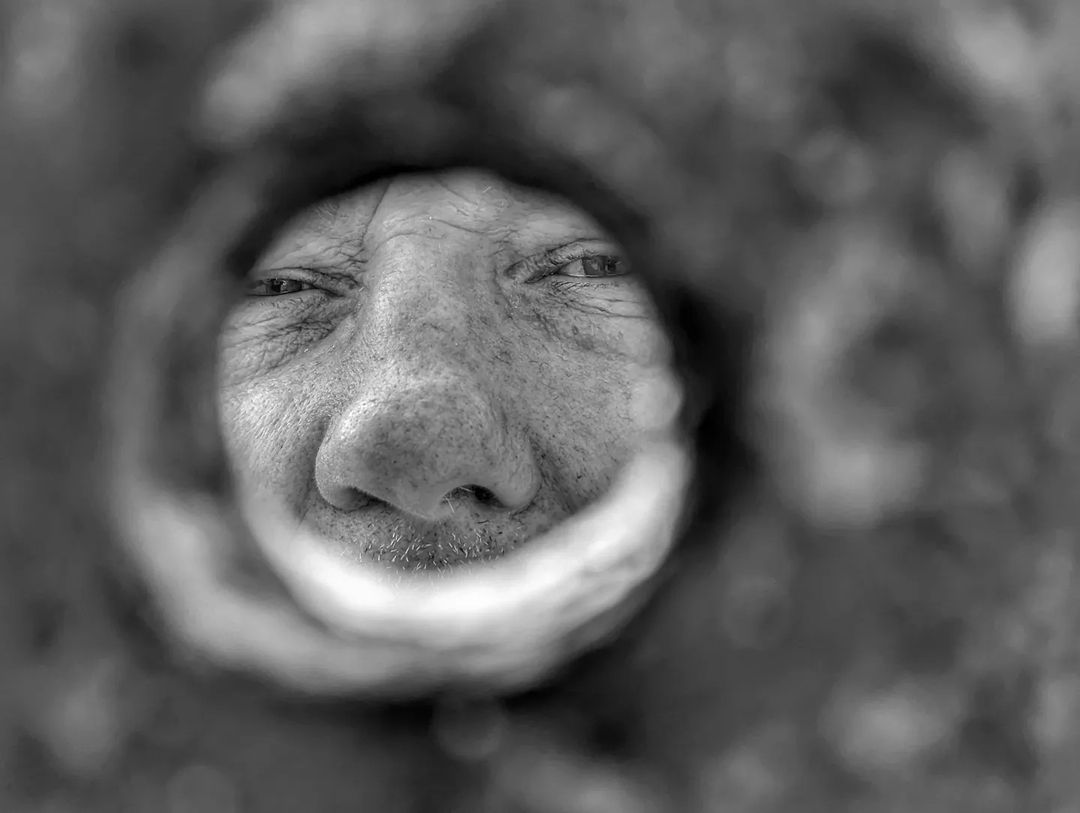
What is Aperture?
Aperture refers to the opening in your camera's lens that allows light to pass through to the sensor. It's measured in f-stops, represented as numbers such as f/2.8, f/5.6, f/11, and so on. The f-stop value determines the size of the aperture opening: the lower the f-stop, the larger the opening, and vice versa.
Aperture and Light:
The size of the aperture directly affects the amount of light that enters your camera. A larger aperture (smaller f-stop number) allows more light to reach the sensor, making it suitable for low-light conditions or achieving a shallow depth of field. A smaller aperture (larger f-stop number) restricts the amount of light, making it ideal for well-lit scenes or achieving a greater depth of field.
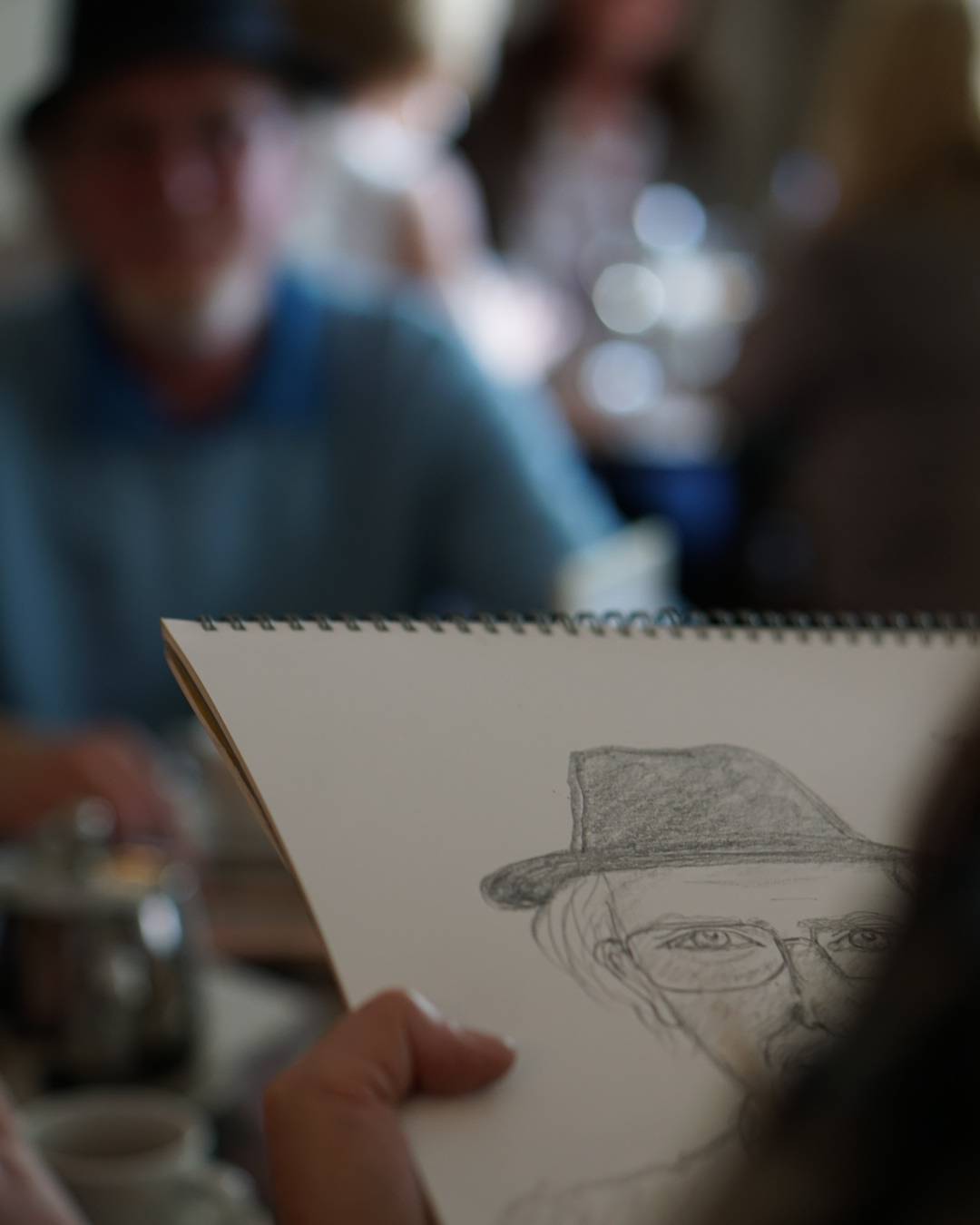
Depth of Field:
One of the most significant artistic effects of aperture is its impact on depth of field (DoF). DoF refers to the range of distance in an image that appears acceptably sharp. A wide aperture (low f-stop) produces a shallow DoF, where the subject is sharp while the background is blurred, creating a bokeh effect. This is particularly useful for isolating a subject from its surroundings, as seen in portrait photography. A narrow aperture (high f-stop) produces a deep DoF, ensuring both the foreground and background are sharp, ideal for landscape photography.
F-stop Values and Lens Opening:
F-stop values might seem counterintuitive at first glance: the smaller the f-stop number, the larger the lens opening, and vice versa. This inverse relationship can be confusing but is crucial to understand for effective aperture control.

Aperture Priority Mode:
Most cameras offer different shooting modes, one of which is Aperture Priority (often labelled as 'A' or 'Av'). In this mode, you set the desired aperture, and the camera automatically adjusts the shutter speed to achieve a proper exposure. This mode is great for when you want creative control over depth of field while letting the camera handle other exposure settings.
Choosing the Right Aperture:
Selecting the appropriate aperture involves considering the visual story you want to convey. For portraits, a wide aperture (low f-stop) can create a pleasing background blur that directs the viewer's attention to the subject's eyes. For landscapes, a narrow aperture (high f-stop) can ensure sharpness from the foreground to the distant horizon.
Aperture and Diffraction:
While using a very narrow aperture can increase depth of field, it can also introduce a phenomenon called diffraction, which reduces overall image sharpness. This occurs when light waves bend as they pass through the small aperture, leading to a loss of fine detail.
Conclusion:
Aperture is a pivotal element in photography that offers creative control over light and depth of field. By understanding how aperture influences exposure, depth of field, and image quality, photographers can harness its power to capture stunning images that convey their intended message. Experiment with different aperture settings to master this essential aspect of photography and unleash your creative potential.


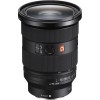
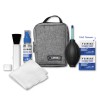

-100x100.jpg)
-100x100.jpg)
